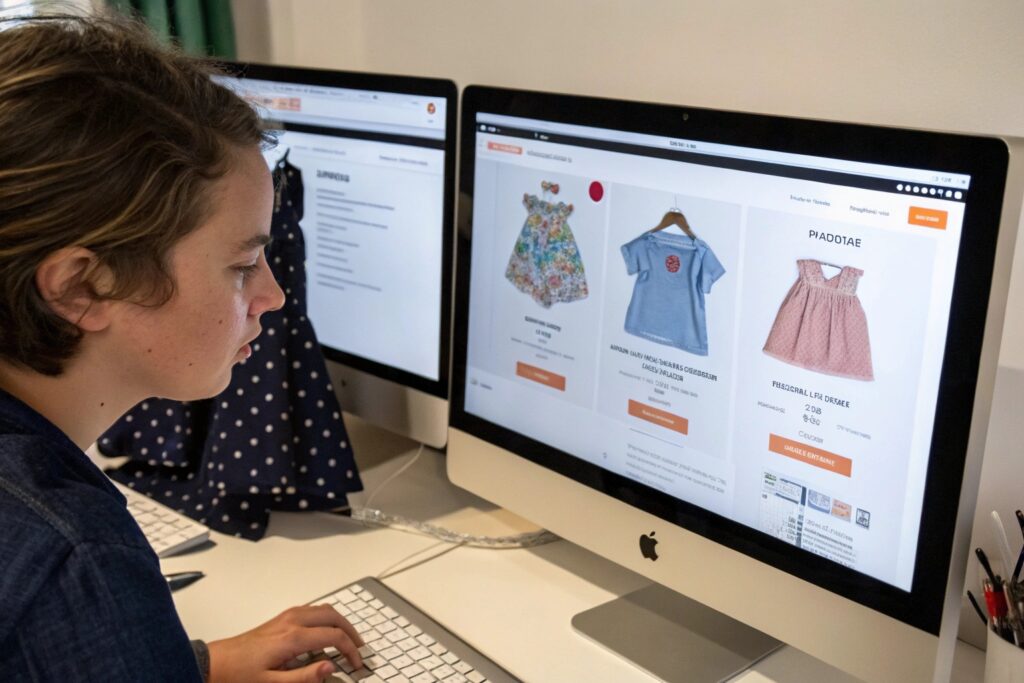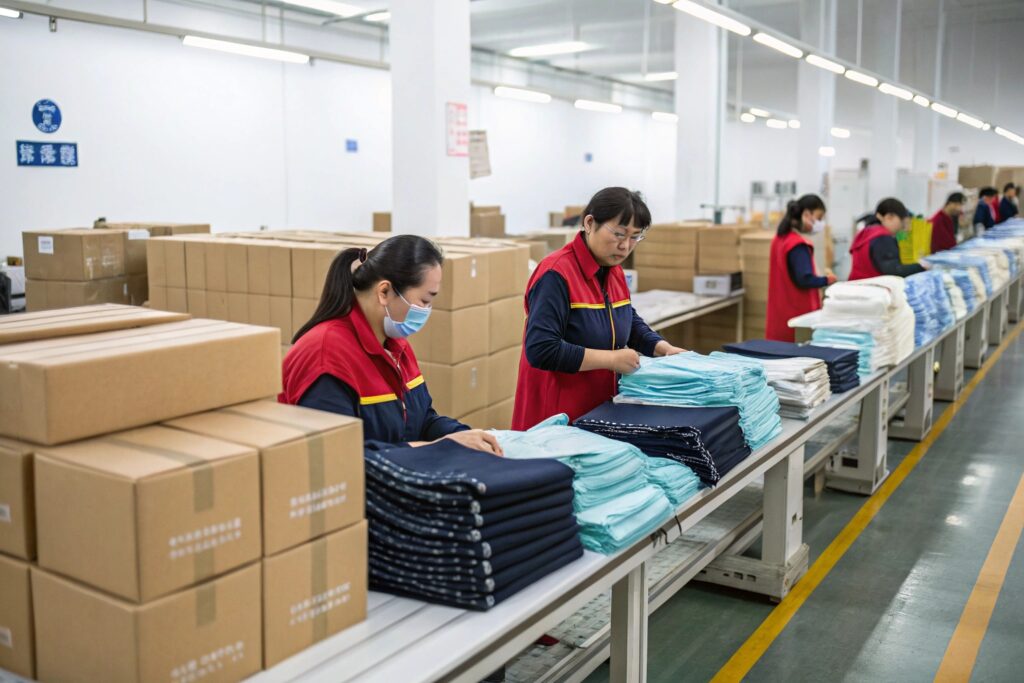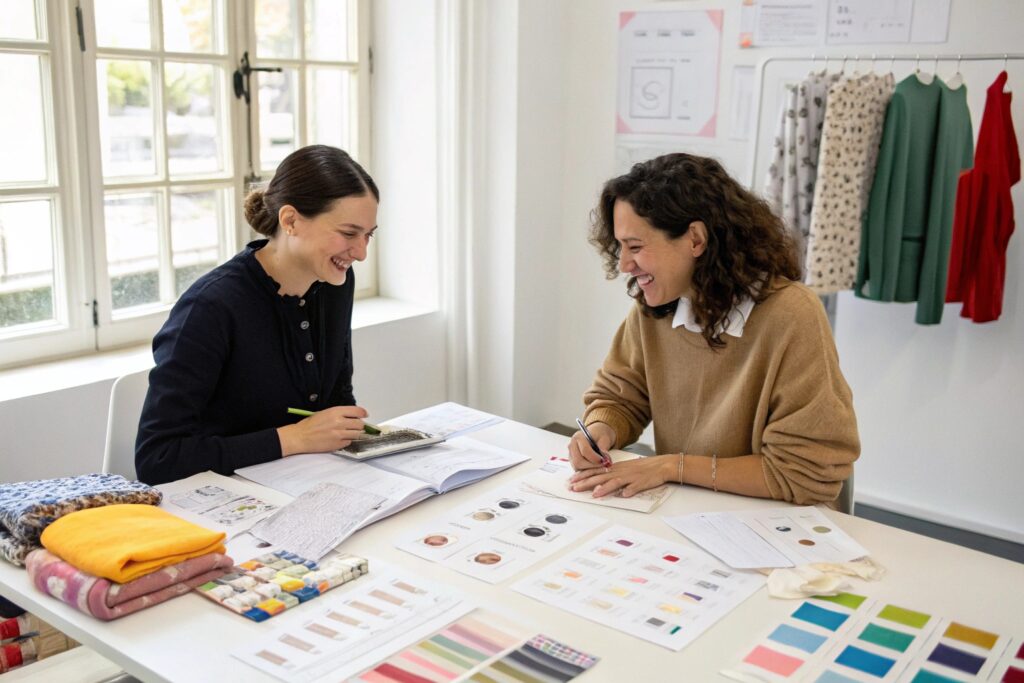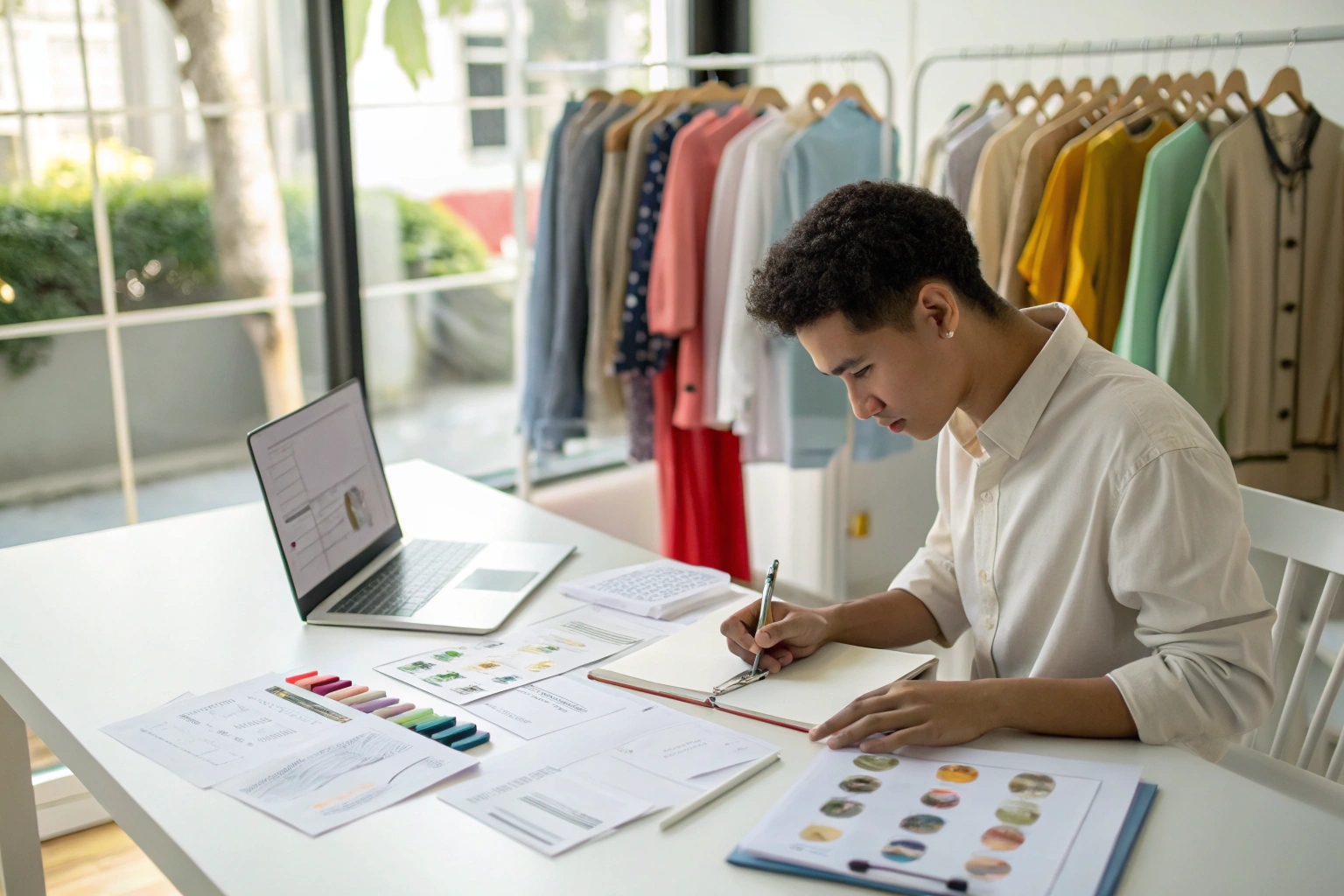Need quality kidswear in bulk but not sure where to look? You’re not alone—many brand owners struggle to find reliable, affordable wholesale clothing sources that meet both style and quality demands.
You can get kids wholesale clothing from platforms like Alibaba, Faire, and global OEM factories in China, India, and Bangladesh. These sources offer bulk deals, low MOQs, and private label support.
You may think low-cost equals low-quality, but that's not always true. With the right sourcing strategy, it’s possible to get affordable kidswear with strong QC, ethical production, and on-trend designs. Here’s how I approach it.
Which websites offer bulk kids clothing deals?
Want to buy big and save more, but not sure which sites are trustworthy? It's frustrating to sift through countless platforms when margins are tight and deadlines are real.
Top sites like Alibaba, Faire, Tasha Apparel, and FashionTIY offer bulk deals on kidswear, with direct access to manufacturers, sample options, and custom branding support.

What should I compare when choosing a wholesale platform for kidswear?
When I look for deals online, I don’t just search by price. I compare:
| Platform | MOQ | Private Label | Shipping Origin | Return Policy |
|---|---|---|---|---|
| Alibaba | Varies | Yes | China | Depends on seller |
| Faire | Low | No | Local/Intl | 60-day free returns |
| Tasha Apparel | Low | No | USA | All sales final |
| FashionTIY | Medium | Yes | China/USA | Limited return |
What matters most is how responsive the supplier is. When I message a vendor and they take days to reply or can’t confirm product availability—that’s a red flag. I once nearly missed a selling season because a platform vendor delayed confirmation for three weeks.
Why do some wholesale platforms work better for startups?
If you're just starting, I recommend platforms that accept smaller orders—like FashionGo or Faire. They’re built for boutique buyers and even offer 60-day payment terms. That flexibility helped me test styles before making large commitments.
But the real growth came when I established a direct relationship with a factory I found through Alibaba. They later agreed to hold inventory for me with a rolling order forecast. That’s not something a typical B2B website can offer.
Where to source babywear from trusted factories?
Babywear quality is non-negotiable. But how can you find a factory that understands both softness and safety certifications?
The best babywear factories are found in China, India, and Vietnam. Trusted partners usually have OEKO-TEX or GOTS certifications and experience with international baby brands.

What credentials should a reliable babywear factory have?
The factory I work with today earned my trust because they sent me complete documentation during onboarding:
- GOTS Certification (Global Organic Textile Standard)
- OEKO-TEX 100 compliance
- CPSIA Test Reports (for US market)
- Photos of their in-house lab and QC station
If a factory can’t provide these basics, I move on. I also recommend visiting their Alibaba storefront and checking for the “Verified Supplier” badge. That extra layer of vetting by third-party agencies can save you costly mistakes.
How do I test a factory before committing?
Always start with a sample order. I usually test these three items first:
- A cotton onesie (to check softness and shrinkage)
- A three-layer muslin swaddle (for seam quality and hem work)
- A printed sleepsuit (to test colorfastness and label stitching)
These help reveal whether the factory cuts corners on basics. Once, a sample arrived with a scratchy neck label—I knew right away the factory prioritized cost over baby comfort.
Are Chinese suppliers good for kidswear wholesale?
You’ve heard the stories—cheap Chinese goods, questionable quality. But is that really the whole picture in today’s market?
Yes, many Chinese suppliers offer excellent kidswear at wholesale prices. They now focus on compliance, custom services, and high-efficiency shipping through DDP terms.

What makes top Chinese kidswear suppliers different now?
Factories in China’s Zhejiang, Jiangsu, and Guangdong provinces now operate with modern equipment, ethical compliance, and digital QC systems. Here's what I look for:
- Video walkthroughs of their production floor
- Photos of certifications on display
- English-speaking merchandiser assigned to my account
- Detailed tech pack feedback within 48 hours
And let’s not forget lead time. Chinese suppliers can often produce and ship within 15–25 days once everything is approved—faster than many regional alternatives.
Are all Chinese kidswear vendors safe to work with?
Not all of them. I avoid middlemen. I only work with suppliers who:
- Own the factory or can show me real photos of it
- Have experience shipping to the US or EU
- Provide clear labeling and barcoding service
- Respond in less than 24 hours consistently
I had a nightmare with one trading company that ghosted me after I sent a deposit. Since then, I always double-check their business license and ask for videos of their workspace.
How to find low-MOQ kids clothing manufacturers?
What if you're not ready to order 5,000 units? Many of us start small—so is there hope for low-MOQ manufacturing?
Yes, several kidswear suppliers accept orders starting from 50 to 300 pieces per style, especially in China, Turkey, and Bangladesh.

What defines a good low-MOQ partner?
Low-MOQ doesn’t mean low expectations. I still ask these questions:
- What is the MOQ per size per color?
- Can you offer stock fabric to reduce cost?
- Are samples deducted from the final invoice?
- Is custom packaging available at this order size?
I’ve worked with Turkish suppliers that allow 100-piece runs and include custom neck labels. They use ready-made fabric and keep pricing transparent.
How can small batch production stay profitable?
You need to keep SKUs tight. I recommend:
| Product Type | MOQ Target | Custom Option Available? |
|---|---|---|
| Cotton Rompers | 150 pcs | Yes |
| Printed T-Shirts | 200 pcs | Yes |
| Tiered Girl Dresses | 120 pcs | Yes (limited fabrics) |
| Knit Pajamas Sets | 100 pcs | Yes |
One of my best decisions was focusing on one core style—a knit romper—in seasonal colors. It kept my costs low and simplified forecasting. The factory eventually pre-stocked some materials for me, speeding up repeat orders.
Conclusion
Getting great wholesale kidswear means balancing price, quality, and flexibility. Whether you buy from platforms or direct OEMs, knowing what to ask makes all the difference.










